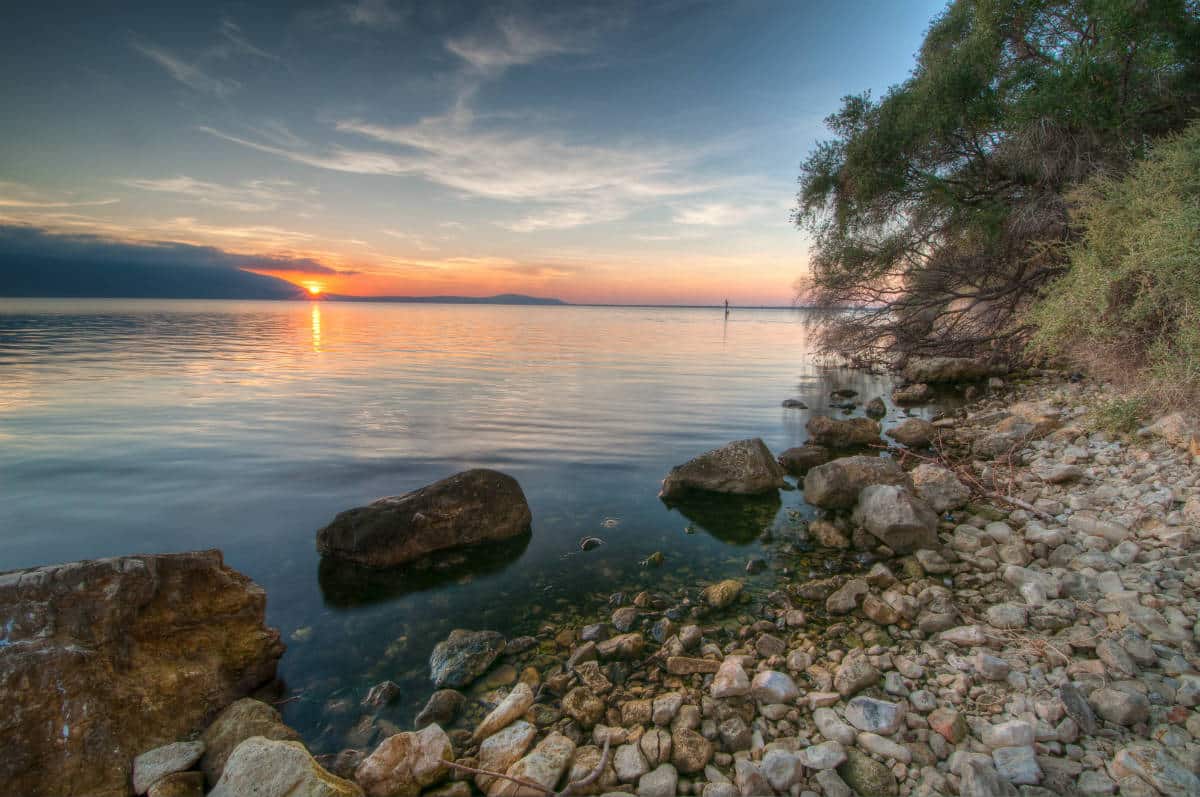Carpino, part of the Gargano National Park and Gargano Mountain Community, is a well-known center for the production of oil and beans.
Its area, mainly hilly, extends between the Umbra Forest in the north and the Lake of Varano in the south. It borders with Cagnano Varano, Ischitella, Monte Sant'Angelo and Vico del Gargano.
The origins of Carpino date back to the year one thousand, when the last inhabitants of ancient Uria, an important city that once was on the shores of the current lagoon, took refuge in the hornbeam forests a few kilometers from Lake of Varano, in search of less harmful places. The origin of the name is uncertain but it would seem to be linked to the presence of roe deer or to the presence of breeding places (in vulgar Latin "Caprelis") in the surroundings of Carpino or in the presence of a thick forest of hornbeams that once covered the hill of Pastromele on which, later, the town was built.
Over the centuries the name changed first into Crapino and then later to Caprino, up to the present Carpino, as reported in a local document of 1628.
The town was the destination of various populations with important names like the Normans, the Angevins and the Aragonese. And were the Normans that built the Castle, which dominates the entire historic center with its imposing bulk.
Particular and characteristic is the historical center that represents a true jewel of architecture. The houses seem to lean against one another and the streets are small alleys with stairways, flanked by characteristic balconies called "Mugnal". The balcony terraces are original and were used not only to access the first floors but also to spend some time outdoors. Along the center, in addition to what remains of the Norman-Swabian Castle, it is possible to admire the Mother Church, consecrated in 1678 by the bishop Vincenzo Maria Orsini, whose construction presents elements of clear Baroque inspiration and is characterized by the elegant portal, by the fake mixtilinear side windows and, above all, the semicircle fastigium that crowns the façade. In Piazza del Popolo, the main square of the town, at the top of a staircase with opposing ramps, stands the Church of San Cirillo. Existing since 1310 as an oratory, it was modernized in 1770, acquiring a Baroque style. Laterally to the building, there is the ancient Romanesque portal, which initially constituted the main entrance.
Its interior is characterized, on the vault, by the large canvas painted in tempera, depicting the Holy Trinity and on the sides the medallions of the two patron saints venerated in Carpino: St. Cyril of Alexandria, bishop and doctor of the Church, which is celebrated on the 18th May and San Rocco pilgrim, who is celebrated on August 16th.
On the hill of Pastromiele, on the other hand, there is the small Church of the Holy Cross, opened only twice a year: May 3rd, day of the Holy Cross, and September 14th, day of the Esaltazione della Croce.
The importance of Carpino is linked above all to the Carpino Folk Festival, an event dedicated to the rediscovery, preservation and promotion of Italian popular music that every year, the first ten days of August, brings relevant personalities to the stage.




